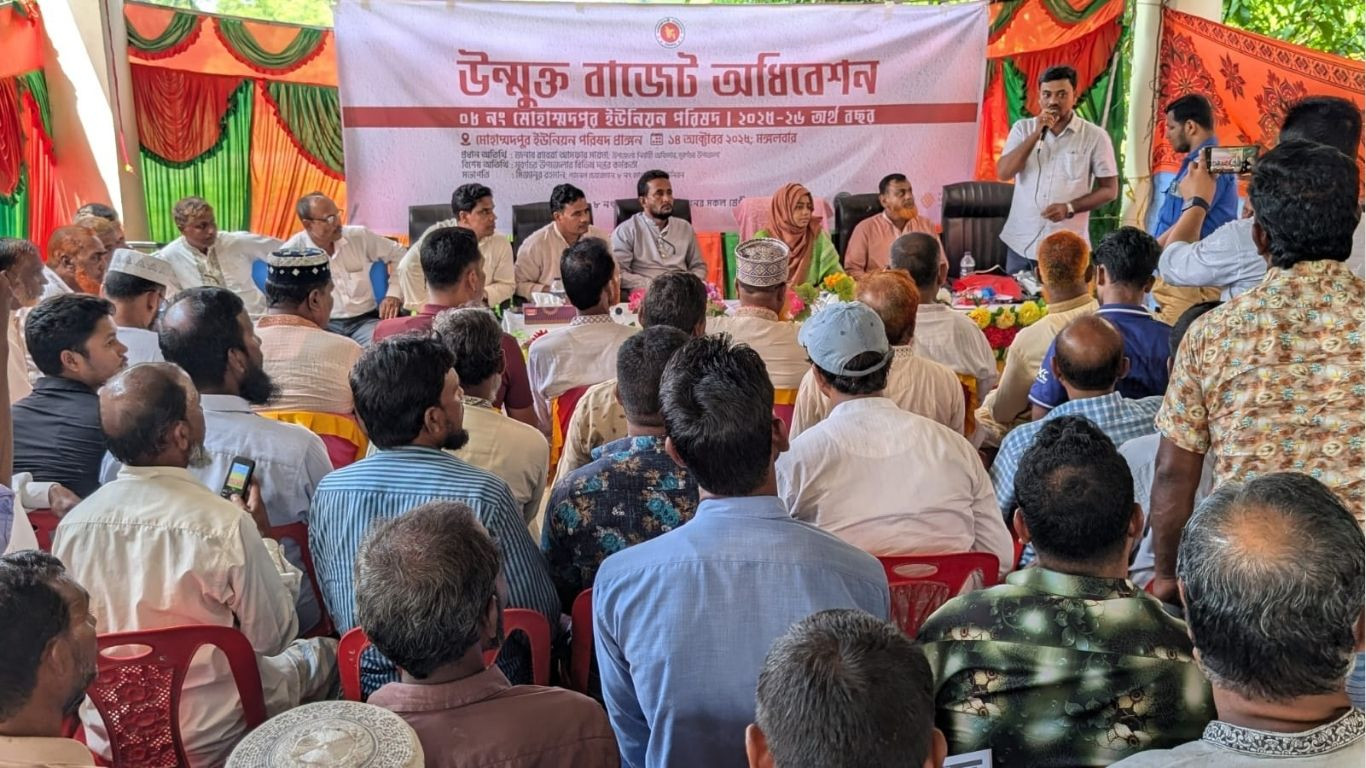Bangla Press Desk: Every day, approximately 12,000 patients across the country are treated on hospital floors. This adds up to nearly 4.4 million patients receiving floor-based care annually. Furthermore, thousands of additional patients who need hospitalization are unable to be admitted because of a shortage of beds. This information has been obtained from the Directorate General of Health Services (DGHS) and the Ministry of Health and Family Welfare.
At Dhaka Medical College Hospital alone, an average of 2,000 patients receive treatment on the floor daily. The same scenario is found at Mymensingh Medical College Hospital. Beyond that, in divisional medical college hospitals, an average of 1,500 patients are treated on the floor, while in other medical college hospitals the number averages 1,000.
In the past five years, the number of beds in government hospitals has doubled. Yet the bed crisis remains unresolved.
Professor Dr. Sayedur Rahman, Special Assistant to the Chief Adviser, said that 15,000 patients receive treatment on hospital floors daily. That means approximately 5.435 million patients are treated on the floor annually. In addition, at least one million more patients cannot be admitted due to lack of beds. He believes that without adding 15,000 more beds, quality healthcare cannot be ensured. Even if Tk 20,000 crore were allocated immediately, implementing such an expansion would still take three to five years.
According to DGHS data, in at least 20 districts of the country, local hospitals do not have even two beds available per 10,000 residents. Among them, Sherpur has the lowest ratio—1.30. The next are Lakshmipur at 1.44, Narsingdi at 1.49, Habiganj at 1.50, Gazipur at 1.56, Sirajganj at 1.58, Chapainawabganj at 1.61, Natore at 1.62, Gaibandha at 1.63, and Chuadanga at 1.66.
Public health experts say that weak primary healthcare and inadequate preventive health services are causing increased mortality, rising disease prevalence, and mounting pressure on the healthcare system. In this situation, merely adding beds is not a solution. In some places, beds remain vacant, while in others, patients are forced onto the floor due to overcrowding. This leads to patients and their families being exposed to infections, and doctors and nurses are not spared either. Experts stress the need to strengthen preventive and primary healthcare.
According to the 2022 Health Bulletin (the annual report of DGHS’s Management Information System), the country has 71,660 beds in government hospitals. Private hospitals have 99,975 beds, bringing the total to 171,675.
Risk of cross-infection: Experts warn that patients treated in hospital corridors or on the floor are at the highest risk of infection. Since these areas are rarely disinfected due to being constantly occupied, patients often contract new diseases while hospitalized. As a result, hospital stays are prolonged and medical expenses increase.
Dr. Kakoli Halder, Member-Secretary of the Infection Control Committee and Assistant Professor in the Microbiology Department of Dhaka Medical College Hospital, told Kaler Kantho that patients in corridors or on floors are easily exposed to pathogens in many ways. These include infected hands of health workers or visitors, direct contact between patients in close proximity, and contaminated floors, trolleys, chairs, or other equipment that are not properly disinfected. Such conditions facilitate hospital-acquired infections (nosocomial infections) like MRSA and ESBL.
She added that poor ventilation in corridors allows respiratory pathogens to spread quickly from one patient to another. Moreover, many hospital-acquired germs are antibiotic-resistant, which increases the risk of severe infections, ICU admission, and even death. She emphasized that this practice must be stopped immediately to ensure patient safety and infection control.
Preventive healthcare is essential: An analysis of data from the Health Services Division and DGHS shows that the country has 21,411 government health-related institutions. Among them are 660 hospitals, including medical college hospitals, specialized institutes, district or general hospitals, and upazila health complexes. The number of registered private hospitals and clinics is 7,854, and there are nearly 10,000 private diagnostic centers and 180 blood banks.
Former DGHS Director and public health expert Professor Dr. Be-Nazir Ahmed said Bangladesh has in the past successfully eradicated or controlled diseases such as filariasis, kala-azar, malaria, leprosy, and rabies through preventive health measures.
He explained that the healthcare system must function at three levels: 80% of patients should receive treatment at the union or upazila level, 95% at the district level, and only the most critical 5% at medical college hospitals. Only then will the bed crisis ease.
1.5 million patients treated daily: DGHS sources reveal that in the last five years, the number of general hospital beds has increased from 35,000 to nearly 72,000. District hospitals have expanded from 50 to 250 beds, and upazila health complexes from 10 to 50 beds. Other hospitals have also added capacity. ICU beds have risen from 381 to 1,860. However, in most upazila hospitals, beds remain empty year-round, while most patients seek treatment in major cities, especially Dhaka.
Public health expert Dr. Mushtaq Hossain commented, “Our healthcare system is overly Dhaka-centric. Patients from across the country flock to Dhaka hospitals, while upazila hospitals often have vacant beds. There is no effective referral system. Reform is urgently needed. We must first strengthen community-based and primary healthcare, then focus on secondary healthcare, and only afterward rely on tertiary care at medical college hospitals.”
Health reform commission recommendations neglected: Professor Liaquat Ali, a medical scientist and member of the Health Reform Commission formed by the interim government, said that the commission’s recommendations have not been given due importance. According to him, 70% of healthcare services have shifted to the private sector, which poses risks for the nation. To protect against this, the public sector must be prioritized. The commission proposed several economic measures to strengthen primary healthcare, but these have not received sufficient attention.
BP/TD
[Bangla Press is a global platform for free thought. It provides impartial news, analysis, and commentary for independent-minded individuals. Our goal is to bring about positive change, which is more important today than ever before.]

.jpeg)
.jpg)




